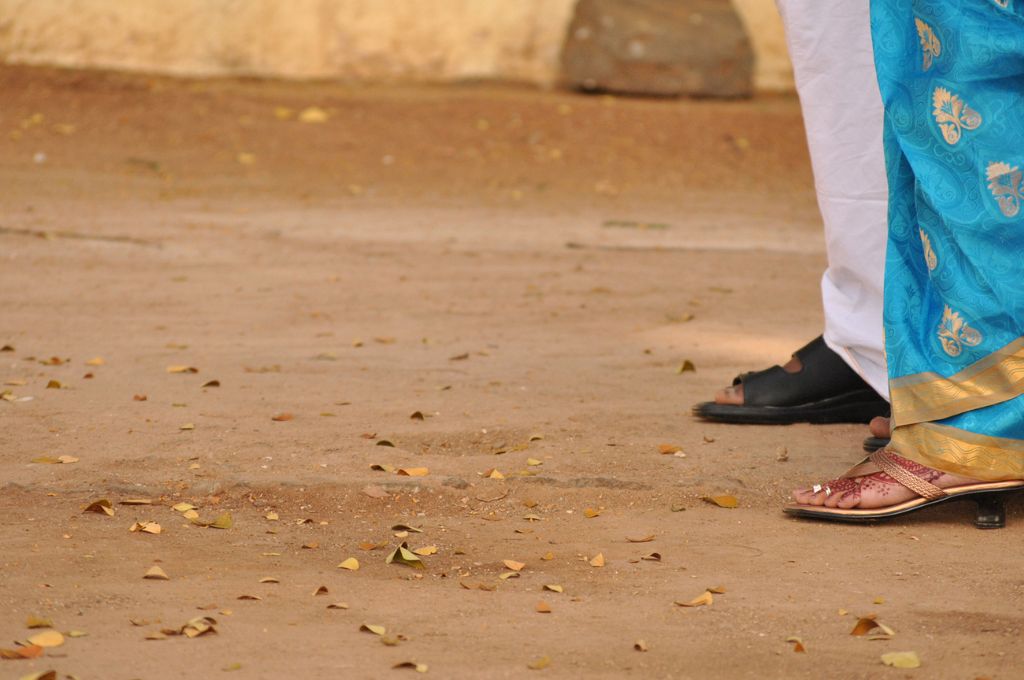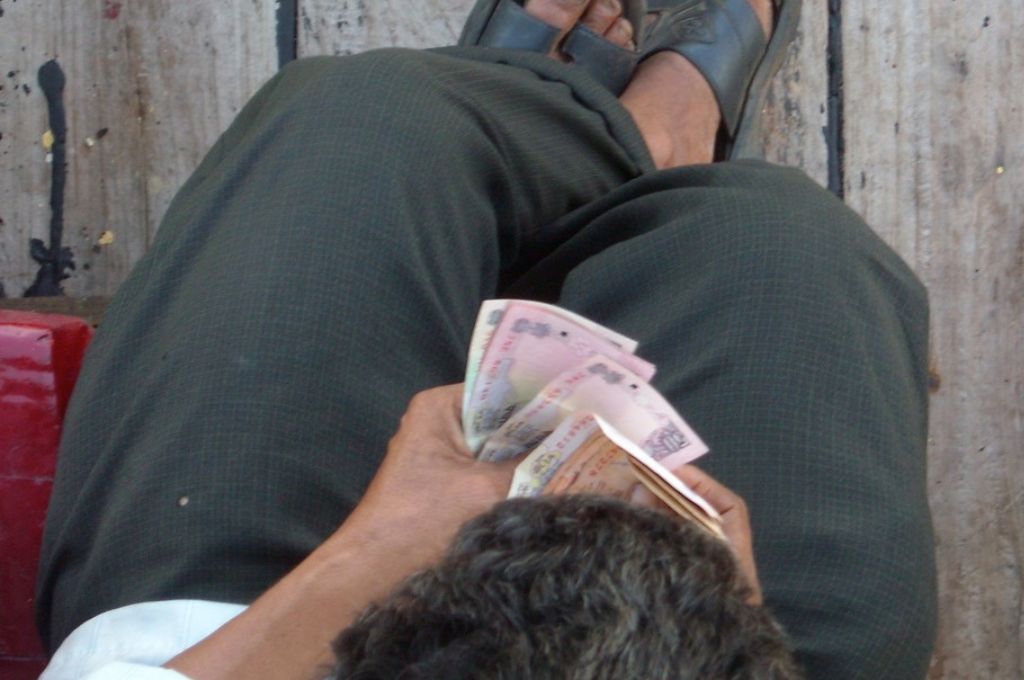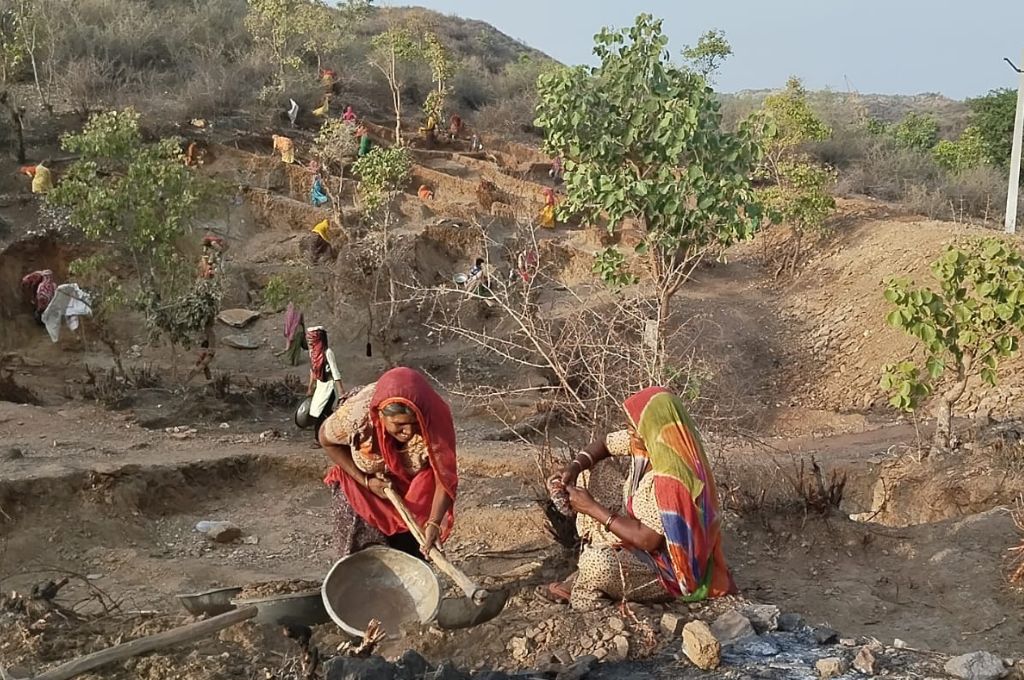On January 23, Assam’s chief minister Himanta Biswa Sarma announced that the state government would launch a statewide drive against child marriage under the Prohibition of Child Marriage Act, 2006 (PCMA) and the POCSO Act, because “Marrying a minor girl is not only against the law, but it also breaches the fundamental rights of a girl child and is quite dangerous to her health.” In early February, a crackdown on child marriage was imposed, which by its second week resulted in 3,015 arrests. The CM announced that the police will retrospectively arrest those involved in child marriage in the last seven years. As a result, men who married years ago have been arrested. Their wives are most likely adults today, with at least one child in some cases. If the husband is not available, someone else from the family (brother, mother, and/or father) is arrested.
Consequences of this crackdown have been widely reported. Families have been separated and/or have lost their main source of economic support. Many young women protested outside police stations, arguing that they had married of their own volition and did not wish to void their marriages, but to no avail. On the health front, to escape identification, many opted to terminate a wanted pregnancy with the help of abortion pills, often used incorrectly, or through other unsafe methods. Several pregnant girls missed their antenatal check-ups deliberately while others opted for home births, exposing themselves to multiple risks. In one tragic event, a married teenage girl died during childbirth because her family did not wish to risk an institutional delivery for fear that her husband would be arrested.
While the CM’s intention of preventing child marriage is laudable, these heavy-handed methods have been reckless, ignoring the well-being of girls and their families. It is resulting in the reversal of considerable gains made in previous years with regard to pregnancy-related care, and is denying girls and young women the right to exercise their choice. Moreover, this approach is devoid of any understanding of the factors that drive child marriage and is unlikely to deliver promising strategies for the prevention of child marriage.
The situation in Assam
Assam, along with Bihar, Jharkhand, Tripura, and West Bengal, has among the highest rates of child marriage. In 2019–21, 32 percent of girls aged 20–24 in Assam were married before the age of 18, about the same as reported in 2005–06 (31 percent). Most weddings take place in late childhood, and just 2.1 percent of those aged 15–19 had married before turning 15. Pregnancy in adolescence (ages 15–19) is concentrated among those aged 18–19; it ranges from 5.3 percent for those aged 17 (and 2.2 percent for age 16) to 18.3 percent and 33.4 percent for those aged 18 and 19 respectively.
What drives child marriage?
Four overarching factors underlie the persistence of child marriage in India—household poverty, the structure of patriarchy and gender inequality, humanitarian crises or conflict, and system-level shortcomings. Poverty is a leading driver. Multiple studies have confirmed that women who are more educated, from economically better-off households, from urban areas, and from less disadvantaged social groups are less likely to experience child marriage than others. Poverty limits the household’s economic choices, and marriage allows families to transfer the economic burden of daughters to the husband’s family. Moreover, since the father of the bride bears the costs of the wedding, poor families who have many daughters may be motivated to marry them off early and together, irrespective of their ages, in order to economise on wedding expenses.
In the patriarchal family systems that prevail in much of India, the practice of upholding deeply entrenched gender norms and decision-making about when and whom children marry rests with the patriarch. Pressure to abide by these norms—repeated inquiries about why the daughter is unmarried and offers of finding her a husband, rumours and nasty comments about the girl and her family—make it challenging to deviate from them, even for families that are convinced about the importance of delaying girls’ marriage. One father noted, “Everyone knows that getting married at an early age is bad. But even then, everyone does it…People are scared to violate this custom…90 percent of the villagers think that early marriage is a social custom. If anyone tries to violate this then he will be despised by the community.” Moreover, the importance of virginity and fears that older girls will mix with boys, engage in sexual relations, or marry without parental consent, and thereby destroy the family izzat (honour) also perpetuate the practice of child marriage.
During the lockdown a spike was observed in child marriages across many states.
Poor families may be pushed further into adhering to gender unequal norms in times of humanitarian crises such as floods or the pandemic; the uncertainty precipitated by political crises such as the Citizenship (Amendment) Act and others. They perceive child marriage as a way to cope with economic hardship and to ‘protect’ girls from violence or as a means to cope with meagre resources. During the lockdown, for example, a spike was observed in child marriages across many states.
System-level shortcomings are also an obstacle. Despite the huge number of child marriages in India, hardly any violations appear in criminal records under the PCMA. Only 1,050 cases were registered in 2021. The fact that the CM has cracked down not only on impending or recent weddings, but also on those that may have taken place up to seven years earlier speaks volumes about the limited attention paid by law enforcement authorities to the implementation of the act, and raises questions about their underlying intentions.
Do punitive measures work?
Evidence suggests that punitive actions and criminalisation only drive child marriage underground, and encourage clandestine child marriages with deliberate misreporting of the age of the bride. Rather than these harsh measures, initiatives that adopt a softer approach, and use the power of the law as a deterrent to prevent child marriage without punitive action and criminalisation of families, may be more effective and acceptable to communities and families. For instance, a number of organisations have used the law to spread awareness about the wide spectrum of individuals, aside from parents, who may be penalised for participating in child marriage. Others have ensured that parents sign an oath promising not to marry off their daughter before she reaches marriageable age. Efforts have been made to prevent child marriage by using the law to mobilise the police and other administrative authorities to participate in activities to prevent child marriage and stop impending marriages. Several organisations also distribute pamphlets and prominently display local helpline numbers, encouraging community members to report child marriages. However, they too stop short of filing a case under the act and getting someone arrested, and instead use the power of the law to prevent or stop child marriages through threats or counselling.

What works to reduce child marriage?
There is no evidence to suggest that a punitive crackdown has yielded positive results or succeeded in empowering girls. Implementation of laws on its own does not contribute significantly to discouraging or eradicating child marriage or respecting the fundamental rights of girls to informed choice and equal opportunities.
Education is by far the most effective strategy to delay marriage, empower girls, and respect their rights.
Social change is gradual and the CM must recognise that there are no quick fixes. He may instead consider evidence-based strategies that have both empowered girls and reduced instances of child marriage. Keeping girls in school and ensuring that they complete secondary education is by far the most effective strategy to delay marriage, empower girls, and respect their rights. Among the most promising models for retaining girls (and boys) in school are the provision of conditional cash grants for regular school attendance—an ongoing model in West Bengal. Also promising are programmes that have provided supplementary coaching for those in need, and provision of bicycles, as initiated in Bihar—all of these have enabled poor parents to defray the costs of schooling.
Efforts to promote a successful transition from school to work encompasses the provision of livelihoods training and employability skills to older girls, within or outside the educational system. Like attaining education, this can act as an alternative to child marriage, and respond to a common question posed by parents about what their daughter will do if she doesn’t get married. Mentoring and guiding girls to access appropriate livelihood skills training and related earning opportunities has demonstrated that, like their brothers, they too can be economic assets, defying commonly held misconceptions about the limited value of girls.
Initiatives to strengthen girls’ ability to exercise voice and choice have also been promising in many settings, including, at state-level, in Odisha. These gender-transformative life skills interventions provide a safe space for girls to assemble, expose them to new ideas and skills, and familiarise them about their rights and sources of support. They also convey the importance of delaying marriage and strategies whereby they can stop the practice.
Parents and influential community leaders must be reached. There is a need for community-based interventions aimed at shifting traditional gender norms and, at the same time, imparting a better understanding of laws and entitlements that offer girls more agency. Moreover, the capacity of those tasked with upholding the law, changing attitudes, and/or empowering girls—the police, teachers, healthcare providers, and even politicians—must be strengthened. Individuals need to be made aware of what works and what does not, and how to change practices in a more sensitive and less punitive manner.
Breaking up families; depriving young women of the support of their husbands, and infants of the support of their fathers; and inhibiting young women from claiming their right to continue a wanted pregnancy or seek pregnancy-related care, thus exposing themselves to risks of complications and even death for fear of jeopardising their husbands, are hardly measures that recognise their rights. Neither will they stop child marriage.
—
Know more
- Learn about how a community-based approach can help prevent child marriage.
- Read about why aggressive policing should be avoided.
- Explore this collection of resources on the conventions, policies, and laws that regulate child rights.





